Here at Audubon our work flows with the seasons, meaning we focus on different birds—and the places they need—at different points of the year. Summer is filled with bird banding, habitat assessment and improvement projects, and good ol’ educational bird walks with young campers and excited adults alike.
Meet six summer birds that benefit greatly from our work:
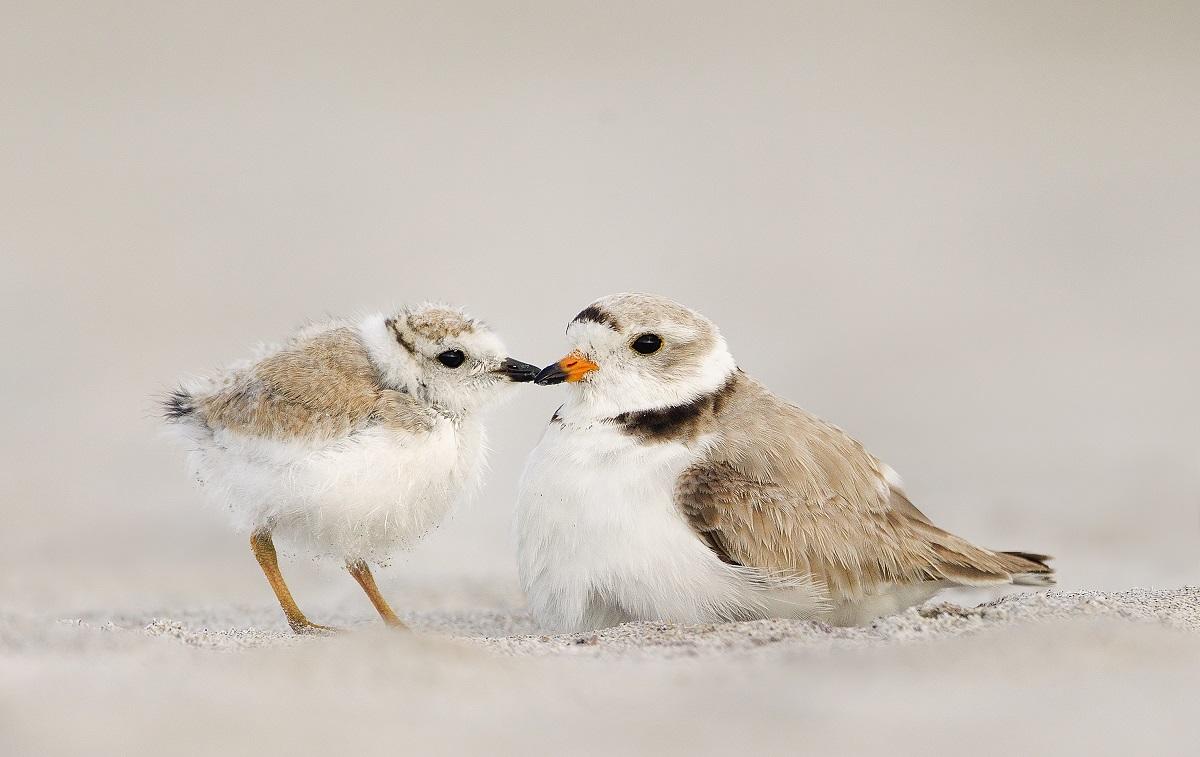
Piping Plover: Federally endangered in the Great Lakes and threatened on the Atlantic Coast, this small bird is a priority of ours, especially during the summer months when it nests and raises its young on New York’s coasts.
Because they nest directly in the sand, Piping Plovers are highly susceptible to human disturbance. You can help to protect them by pledging to ‘Be a Good Egg.’ Join us and spread the word to #ShareTheShore!
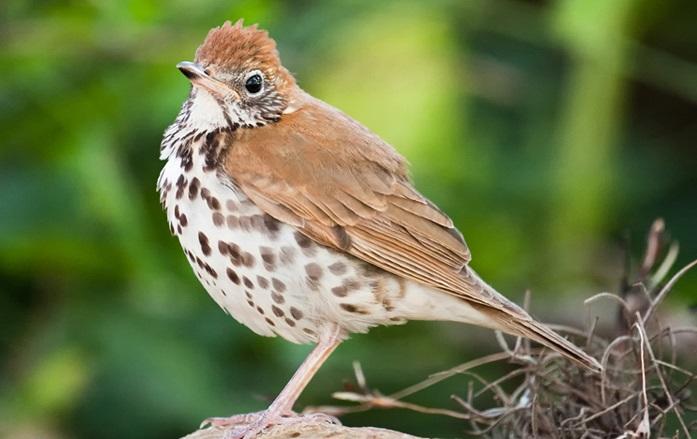
Wood Thrush: If you find yourself in the woods this summer, you may hear the beautiful, flute-like song of the Wood Thrush (listen here!), a priority forest bird species that is found throughout New York State.
Wood Thrush are currently nesting in the trees, with many now raising their chicks in nests 10-15 feet above the ground. You can more easily spot them foraging for insects amongst the leaf litter on the forest floor.
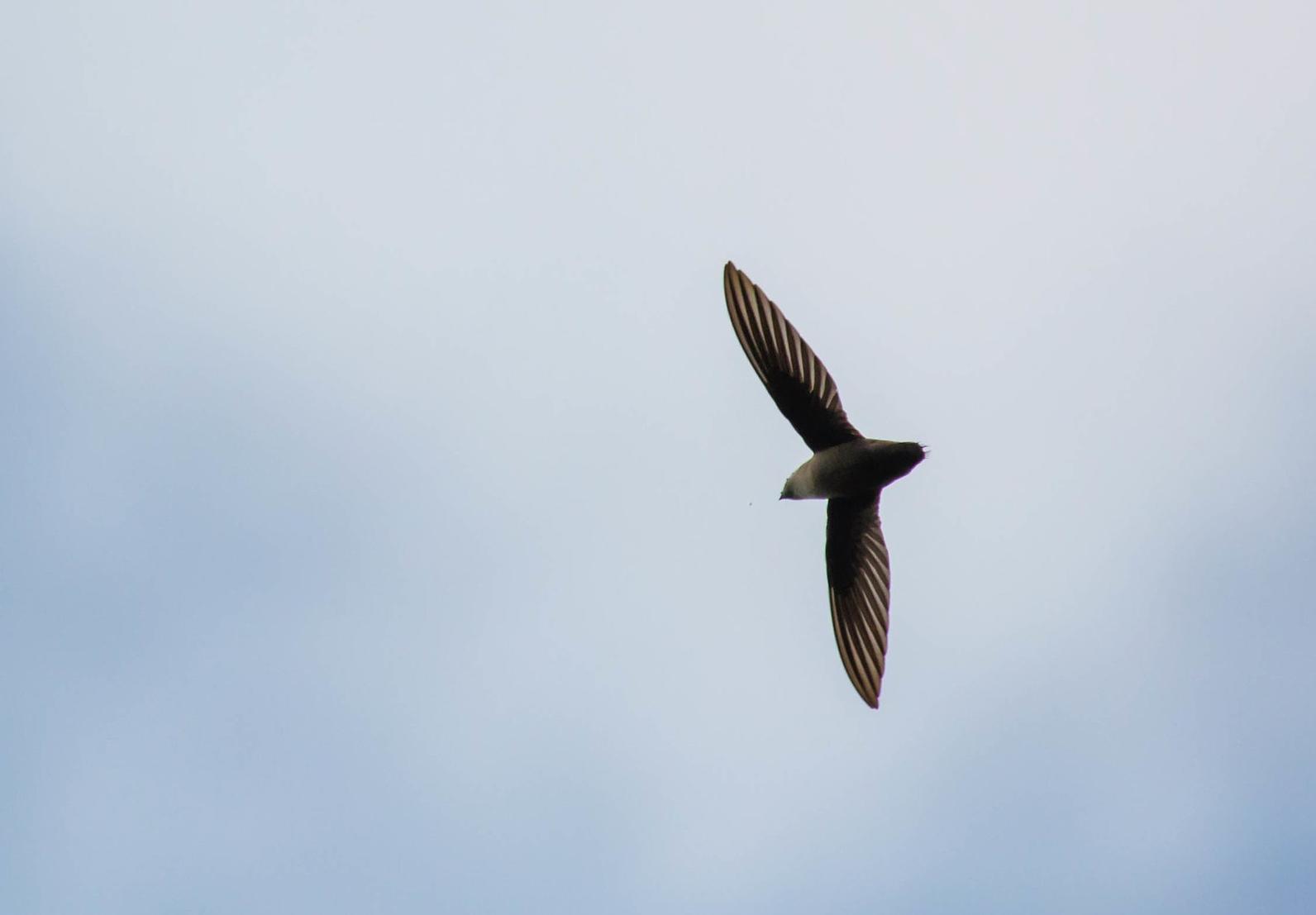
Chimney Swifts: For those of you spending the summer in an urban setting, look to the sky for these birds! Having adapted to nest in chimneys – which are often more readily available than hollow trees – Chimney Swifts are commonly seen in cities and towns.
You will see these birds foraging in small flocks in the sky, especially in the evening. They often give a “chittering” call while flying and build their nest in chimneys or other vertical structures.
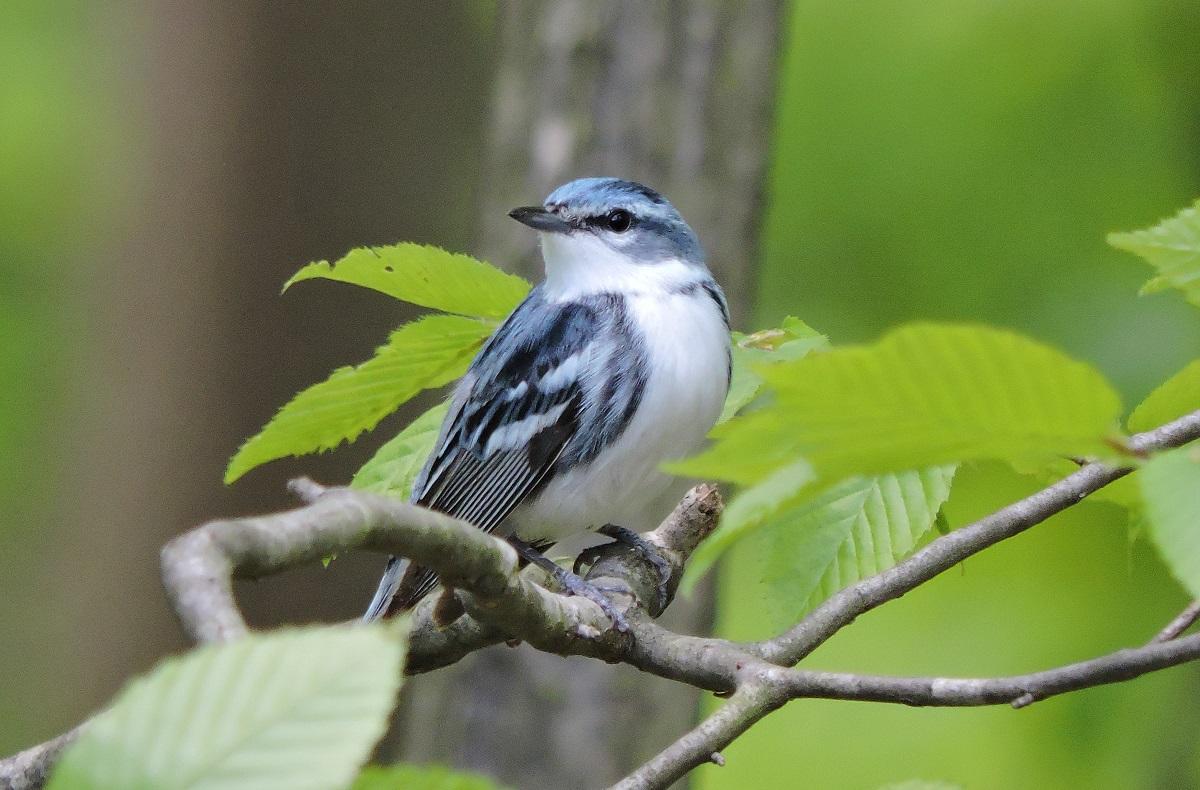
Cerulean Warbler: This small, wood warbler is a species of concern in New York, however, the Montezuma Wetlands Complex, home of the Montezuma Audubon Center, continues to be a stronghold for breeding Cerulean Warblers in the state. Dozens of these blue birds can be seen and heard high in the canopy of Montezuma’s forests.
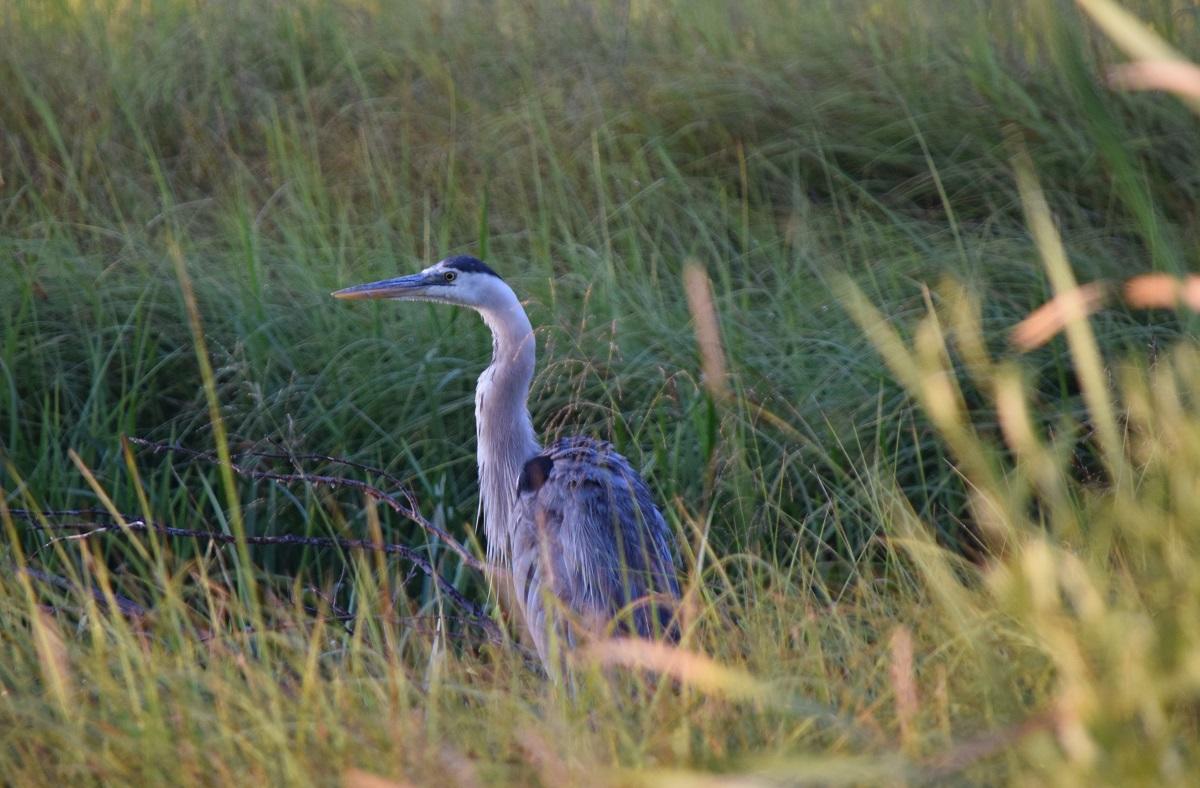
Great Blue Heron: The largest of North American herons, this pre-historic-looking bird can frequently be found by visitors at the Constitution Marsh Audubon Center and Sanctuary.
Great Blue Herons are often observed wading in the shallow waters of the marsh, or standing still and statuesque before they spear their prey. Their croaks are often heard echoing across the water, and they can be seen standing on low-lying trees, in shallow waters, and flying over the scenic Hudson Highlands sunset.

Osprey: A sure sign of warmer weather in New York is the return of the Osprey. On Long Island, Osprey can be seen almost daily, and are frequently seen flying overhead at the Theodore Roosevelt Sanctuary and Audubon Center. Sometimes referred to as a “fish-hawk,” they’re typically carrying a freshly-caught meal. Osprey are amazing hunters, great parents, and a summer favorite!









